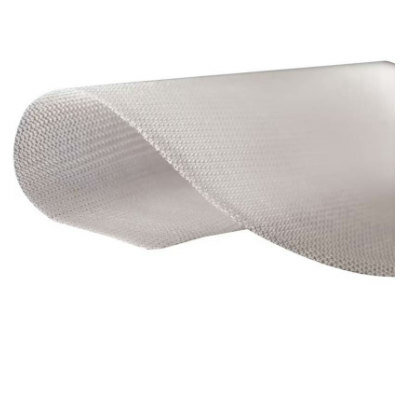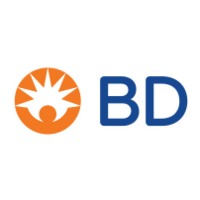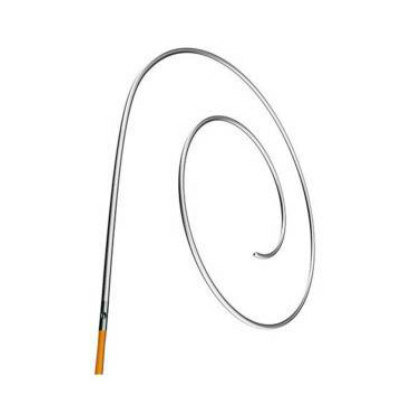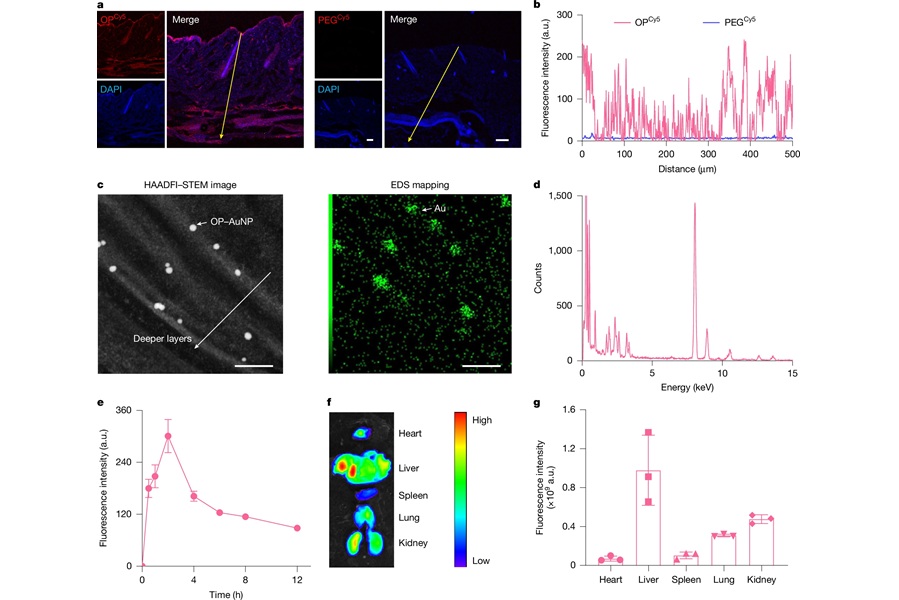Digital Radiology Market to Reach $356 million by 2007
|
By HospiMedica staff writers Posted on 03 Apr 2002 |
The growing market for direct-digital radiography (DR) equipment is projected to reach US$356 million by 2007, according to a new report from Frost & Sullivan (US and European Digital Radiography Markets).
More than 200,000 conventional x-ray machines are currently installed in North America and Western Europe. If manufacturers can persuade customers to replace even a modest fraction of these with DR systems over the next five years, total revenues would soar to more than $1 billion.
Developing countries such as Poland, Romania, Russia, Bulgaria, Hungary, and the Czech Republic have the opportunity to skip several stages of technologic development in making their first investment in DR. They can replace their 1960s medical imaging technology with 2001 technology. Although the initial cost is high, DR offers lower operating costs because film, chemicals, developing time, and low throughput are all eliminated. The current market for DR is being developed through increasing awareness of DR technology and the implementation of PACS and other infrastructure needs.
Frost & Sullivan analysts say detector technology appears to be the least important selection criteria when purchasing DR equipment. As long as the equipment delivers all the desired attributes, it does not seem to matter whether it uses charged couple detectors (CCD) or an amorphous-element flat panel. This has been proven by Swissray International, Inc. (Hochdorf, Switzerland), whose best-selling line of DR products are based solely on CCD chips, despite efforts of major competitors to convince end users that flat amorphous-element detectors are superior. Recently, Frost & Sullivan presented its Market Penetration Leadership Award to Swissray for capturing 47.7% of the US and European DR market. Swissray has the most extensive DR offerings of any manufacturer in the industry, says Frost & Sullivan. The other major players in this market are Siemens Medical Systems (15.8%), Philips Medical Systems (14.3%), and Hologic, Inc. (12.1%).
Although computed radiography (CR) has been available for 18 years, the technology is considered inferior to DR. The storage phosphor screens require periodic replacement, there is only a marginal improvement in throughput over conventional x-ray equipment, and while CR performance has become comparable to film, it may be inferior to the best DR models. Ultimately, say Frost & Sullivan analysts, as the price of DR begins to drop to more competitive levels, DR's higher productivity will attract more and more CR users. In the meantime, because of the formidable barriers to entry, there is little risk of cheap substitutes for DR suddenly coming onto the scene.
Related Links:
Frost & Sullivan
Swissray
More than 200,000 conventional x-ray machines are currently installed in North America and Western Europe. If manufacturers can persuade customers to replace even a modest fraction of these with DR systems over the next five years, total revenues would soar to more than $1 billion.
Developing countries such as Poland, Romania, Russia, Bulgaria, Hungary, and the Czech Republic have the opportunity to skip several stages of technologic development in making their first investment in DR. They can replace their 1960s medical imaging technology with 2001 technology. Although the initial cost is high, DR offers lower operating costs because film, chemicals, developing time, and low throughput are all eliminated. The current market for DR is being developed through increasing awareness of DR technology and the implementation of PACS and other infrastructure needs.
Frost & Sullivan analysts say detector technology appears to be the least important selection criteria when purchasing DR equipment. As long as the equipment delivers all the desired attributes, it does not seem to matter whether it uses charged couple detectors (CCD) or an amorphous-element flat panel. This has been proven by Swissray International, Inc. (Hochdorf, Switzerland), whose best-selling line of DR products are based solely on CCD chips, despite efforts of major competitors to convince end users that flat amorphous-element detectors are superior. Recently, Frost & Sullivan presented its Market Penetration Leadership Award to Swissray for capturing 47.7% of the US and European DR market. Swissray has the most extensive DR offerings of any manufacturer in the industry, says Frost & Sullivan. The other major players in this market are Siemens Medical Systems (15.8%), Philips Medical Systems (14.3%), and Hologic, Inc. (12.1%).
Although computed radiography (CR) has been available for 18 years, the technology is considered inferior to DR. The storage phosphor screens require periodic replacement, there is only a marginal improvement in throughput over conventional x-ray equipment, and while CR performance has become comparable to film, it may be inferior to the best DR models. Ultimately, say Frost & Sullivan analysts, as the price of DR begins to drop to more competitive levels, DR's higher productivity will attract more and more CR users. In the meantime, because of the formidable barriers to entry, there is little risk of cheap substitutes for DR suddenly coming onto the scene.
Related Links:
Frost & Sullivan
Swissray
Latest Business News
- Philips and Masimo Partner to Advance Patient Monitoring Measurement Technologies
- B. Braun Acquires Digital Microsurgery Company True Digital Surgery
- CMEF 2025 to Promote Holistic and High-Quality Development of Medical and Health Industry
- Bayer and Broad Institute Extend Research Collaboration to Develop New Cardiovascular Therapies
- Medtronic Partners with Corsano to Expand Acute Care & Monitoring Portfolio in Europe
- Expanded Collaboration to Transform OR Technology Through AI and Automation
- Becton Dickinson to Spin Out Biosciences and Diagnostic Solutions Business
- Boston Scientific Acquires Medical Device Company SoniVie
- 2026 World Hospital Congress to be Held in Seoul
- Teleflex to Acquire BIOTRONIK’s Vascular Intervention Business
- Philips and Mass General Brigham Collaborate on Improving Patient Care with Live AI-Powered Insights
- Arab Health 2025 Celebrates Landmark 50th Edition
- Boston Scientific Acquires Medical Device Company Intera Oncology
- MEDICA 2024 to Highlight Hot Topics of MedTech Industry
- Start-Ups To Once Again Play Starring Role at MEDICA 2024
- Boston Scientific to Acquire AFib Ablation Company Cortex
Channels
Critical Care
view channel
Nasal Drops Fight Brain Tumors Noninvasively
Glioblastoma is one of the most aggressive and fatal brain cancers, progressing rapidly and leaving patients with very limited treatment options. A major challenge has been delivering effective therapies... Read more
AI Helps Optimize Therapy Selection and Dosing for Septic Shock
Septic shock is a life-threatening complication of sepsis and remains a leading cause of hospital deaths worldwide. Patients experience dangerously low blood pressure that can rapidly lead to organ failure,... Read more
Glowing Bacteria ‘Pills’ for Detecting Gut Diseases Could Eliminate Colonoscopies
Diagnosing gastrointestinal diseases such as colitis and colorectal cancer often relies on colonoscopy, an invasive procedure that many patients avoid despite ongoing symptoms like bleeding, cramping, and diarrhoea.... Read moreSurgical Techniques
view channelNovel Endoscopy Technique Provides Access to Deep Lung Tumors
Detecting lung cancer early can save lives, but diagnosing small tumors deep in the outer regions of the lungs remains a major clinical challenge. Although CT scans frequently identify tiny suspicious... Read more
New Study Findings Could Halve Number of Stent Procedures
When a coronary artery becomes acutely blocked during a heart attack, opening it immediately is essential to prevent irreversible damage. However, many patients also have other narrowed vessels that appear... Read morePatient Care
view channel
Revolutionary Automatic IV-Line Flushing Device to Enhance Infusion Care
More than 80% of in-hospital patients receive intravenous (IV) therapy. Every dose of IV medicine delivered in a small volume (<250 mL) infusion bag should be followed by subsequent flushing to ensure... Read more
VR Training Tool Combats Contamination of Portable Medical Equipment
Healthcare-associated infections (HAIs) impact one in every 31 patients, cause nearly 100,000 deaths each year, and cost USD 28.4 billion in direct medical expenses. Notably, up to 75% of these infections... Read more
Portable Biosensor Platform to Reduce Hospital-Acquired Infections
Approximately 4 million patients in the European Union acquire healthcare-associated infections (HAIs) or nosocomial infections each year, with around 37,000 deaths directly resulting from these infections,... Read moreFirst-Of-Its-Kind Portable Germicidal Light Technology Disinfects High-Touch Clinical Surfaces in Seconds
Reducing healthcare-acquired infections (HAIs) remains a pressing issue within global healthcare systems. In the United States alone, 1.7 million patients contract HAIs annually, leading to approximately... Read moreHealth IT
view channel
EMR-Based Tool Predicts Graft Failure After Kidney Transplant
Kidney transplantation offers patients with end-stage kidney disease longer survival and better quality of life than dialysis, yet graft failure remains a major challenge. Although a successful transplant... Read more
















